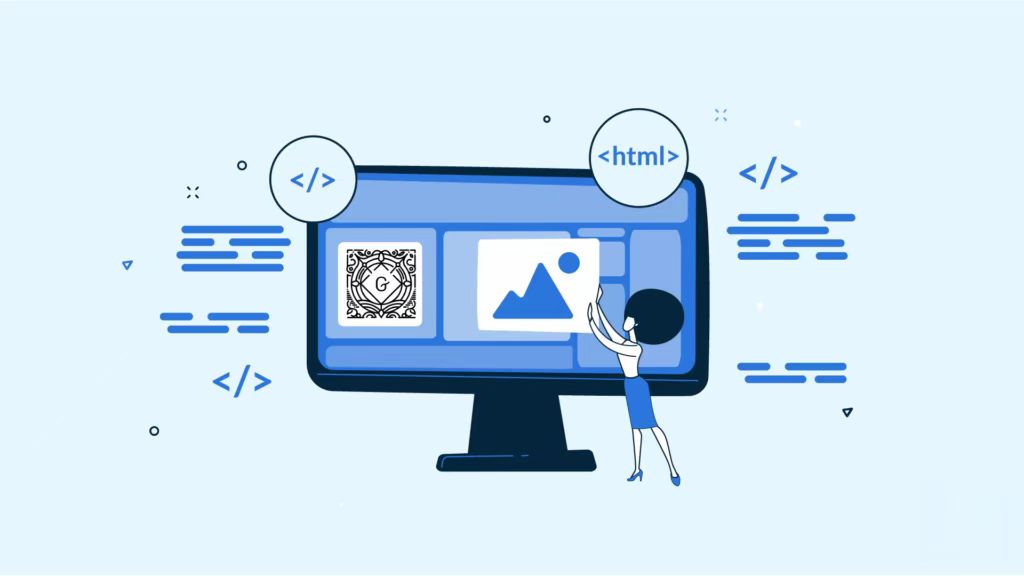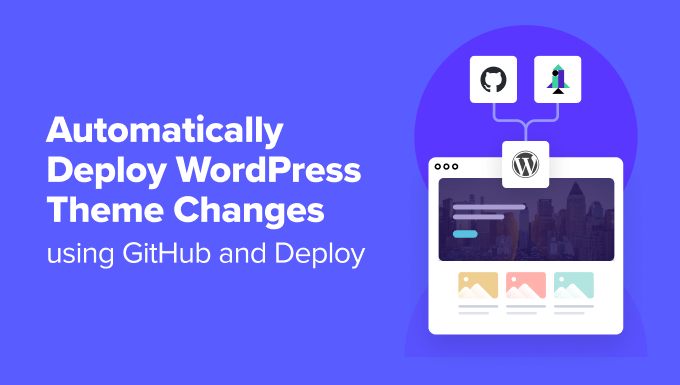arrange in order
WordPress get_the_terms(): Enhancing WordPress Category Display
Learn how to use the get_the_terms() function to get and display taxonomy terms in WordPress, covering the operation of categories, tags, and custom taxonomies to help you better organize and present your website content.
How to Enable and Configure a Multisite Network in WordPress: From Basic to Advanced
Learn how to enable and configure a multisite network in WordPress, from basic setup to advanced optimization tips. This article will guide you step-by-step to create and manage multiple sites, and provide performance optimization and security enhancement suggestions to help you efficiently manage and operate multiple websites.
PHP Configuration Tweaks to Maximize Server Throughput: An Essential Guide for WordPress Developers
By optimizing PHP.ini configuration (such as memory limit, execution time, upload size, etc.) and enabling technologies such as OpCache, JIT compilation, Realpath caching, etc., we can comprehensively improve the performance and throughput of PHP applications, and provide users with a smoother experience.
Creating Custom Gutenberg Blocks in WooCommerce: A Complete Developer's Guide
Learn how to develop custom Gutenberg blocks using the @wordpress/scripts package, ES6, and JSX, integrate them into WooCommerce, and add front-end and editor styles to them.
How to use the WordPress get_post_meta function: a complete guide and practical examples
Learn how WordPress get_post_meta function works, basic syntax and use cases to easily retrieve custom field data for more powerful and dynamic website functionality.
Content Automation and Integration with Python and the WordPress REST API: A Comprehensive How-To Guide
Automate content publishing, data analysis, and page updates by integrating the WordPress REST API with Python. This guide covers the complete step-by-step process from API setup and authentication to content management to help realize efficient WordPress automation.
How to Automatically Deploy WordPress Theme Changes Using GitHub and Deploy
Why use a Version Control System for WordPress Theme Development? Using a Version Control System (VCS) for WordPress theme development can significantly improve development efficiency, team collaboration, and project stability. A version control system allows documenting changes to files or text...
Choosing Genuine Plugins and Themes: The Best Strategy for Ensuring WordPress Website Security and Performance
Choosing Genuine Plugins & Themes: the Best Choice for Ensuring Security and Performance The WordPress ecosystem has a wealth of free and commercial plugins and themes that can enhance the functionality and design of your website. However, the abundance of these resources comes with potential risks, such as invalid downloads...
WordPress Tags, Categories and Sorting Manager - AI Autotagger
With axoPress, it is possible to create and manage tags, categories and all WordPress taxonomy terms.TaxoPress helps to manage everything in WordPress, from adding tags and categories to pages, to managing WooCommerce product categories and bbPress theme tags. T...
How Speculative Loading Can Improve Page Speed on WordPress Websites
Today, web pages are filled with images, videos and interactive elements designed to enhance the user experience. However, these things can slow down the loading time of a web page. While technology is always advancing, one goal remains constant: performance. Everyone wants their web pages to load at lightning speed...
How to Add JavaScript to WordPress Pages and Posts
JavaScript is a programming language that adds interactive functionality to websites. Learning how to use JavaScript on a WordPress website, including specific sections, can help you utilize the code more effectively. There are multiple ways to add WordPress pages and posts...
Creating an Advanced Reporting App for WooCommerce Stores
The WooCommerce plugin for WordPress allows you to efficiently create and manage an eCommerce platform and provides built-in notifications that alert you to new or completed orders, low inventory, and successful payments. These features are important, but for WooCommerce to collect...
How to implement forms in a static website
Websites vary in design, purpose and complexity, but are generally categorized as static or dynamic. Static websites are pre-rendered and offer the same content to all visitors. They have a simple structure, are usually easy to manage and load quickly. On the other hand, dynamic websites use server-side coding...
Automated Testing and Continuous Integration in WordPress Development
Why WordPress development should move from manual to automated testing? Gone are the days when manual testing was the norm in software development, including the WordPress space. The shift from manual to automated testing is a result of the demand for software developers over time...
How to Use WordPress as a Headless CMS for Next.js
Understanding Headless WordPress Headless WordPress refers to using only the back-end functionality of WordPress (managing and storing content) and using a separate system (such as Next.js) to present the front-end. The advantage of this development model is that one can continue to use WordPress that...
How to Build a WordPress Web Application Using Microservices Architecture
WordPress is a powerful Content Management System (CMS) that lays the foundation for different types of websites and applications. It uses a typical 'monolithic architecture', but as a website grows, this may not be the most appropriate architecture. This is where the 'microservices architecture ' of...
JavaScript coding standards in WordPress
The WordPress coding standards also provide guidelines for formatting and styling the JavaScript code of themes and plugins. In addition, these standards help promote code consistency with core PHP, HTML, and CSS code. The WordPress JavaScript coding standards are built on the j...
WordPress Coding Standards
Coding standards in WordPress development are essential for a strong and sustainable code base. They are guidelines and conventions that developers adhere to when writing code, helping to enhance collaboration, simplify maintenance, and ensure overall reliability. In addition, coding standards prevent common...





























